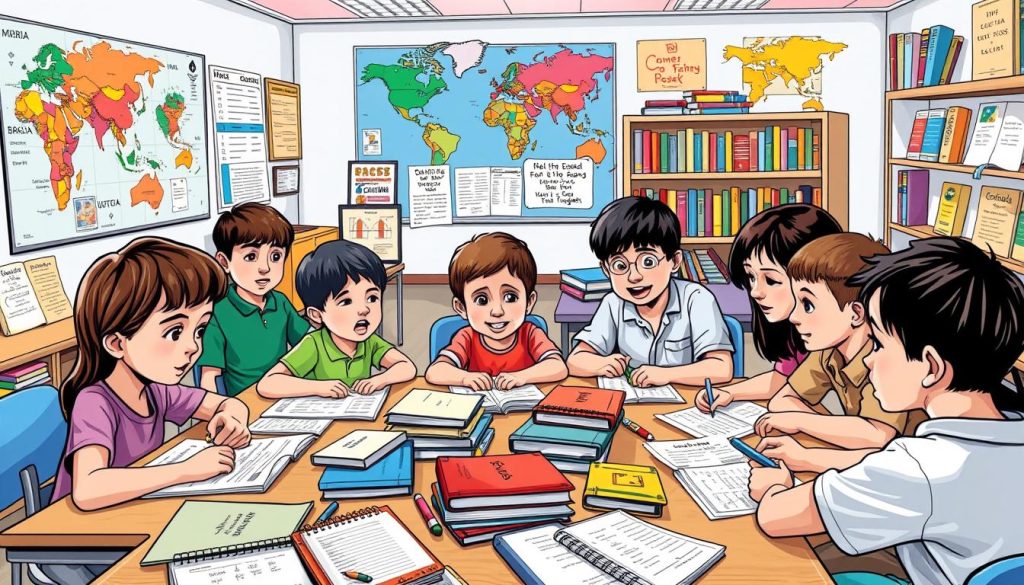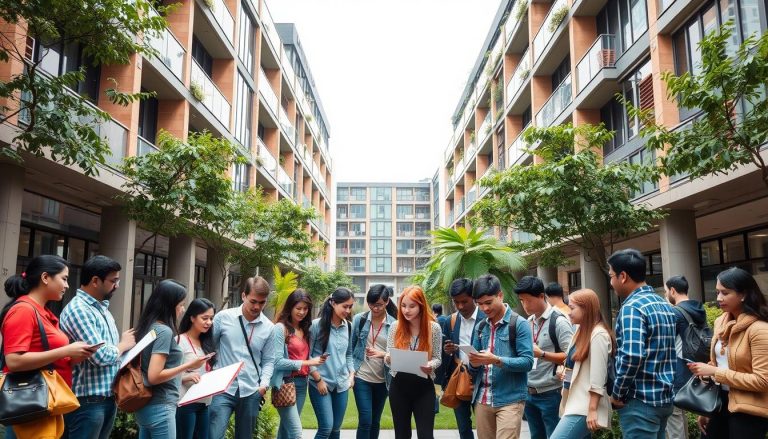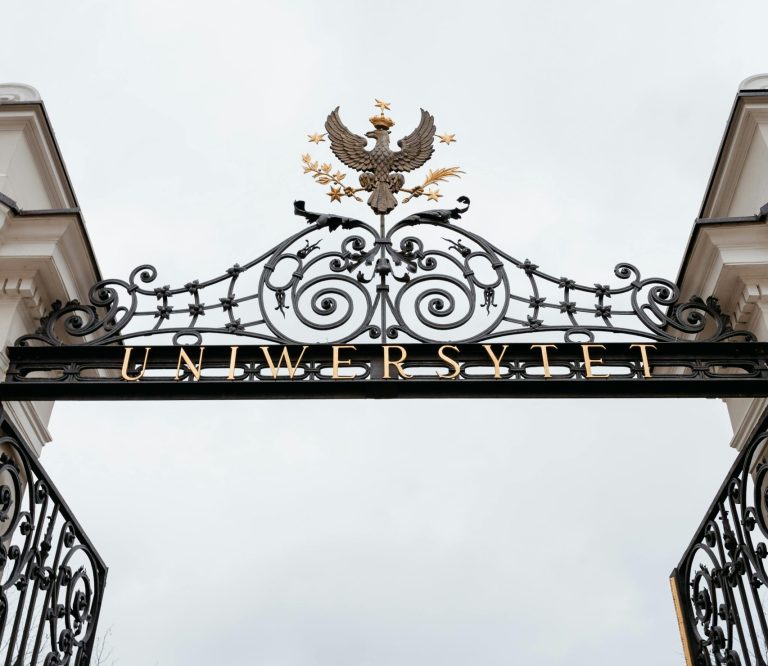Bilingual Education and ESL Programs: A Guide
In the United States, bilingual education and ESL programs are key for multilingual students. They help with learning English and fitting into new cultures. These programs meet the special needs of students who speak other languages.
If you’re a parent, teacher, or policymaker, this guide is for you. It covers bilingual education and ESL programs in depth. We’ll look at what they are, why they’re good, and how to teach them well. We’ll also talk about the challenges and what you need to know.
Key Takeaways
- Bilingual education and ESL programs provide a comprehensive approach to language acquisition and cultural integration for multilingual students.
- These programs offer cognitive, academic, cultural, and social benefits for students, supporting their overall development.
- Effective teaching strategies for multilingual classrooms involve culturally responsive pedagogy and strategic integration of educational technology.
- Challenges in bilingual education include language proficiency assessment and family/community engagement, requiring thoughtful consideration and collaborative solutions.
- Ongoing professional development and resources are crucial for bilingual educators to provide high-quality instruction and support for their students.
Understanding Bilingual Education and ESL Programs
Bilingual education teaches in two languages, usually a student’s first language and English. It helps students become proficient in both, promoting biliteracy and equity in multilingual education. There are different types, like dual-language immersion and transitional bilingual education, each with its goals and methods.
ESL (English as a Second Language) programs focus on English skills for students. They help students in multicultural classrooms and inclusive classrooms for ESL students. This ensures all students can do well in school and socially.
What is Bilingual Education?
Bilingual education teaches in two languages, often the student’s first language and English. It aims to make students biliterate and promote equity in multilingual education. There are different types, like dual-language immersion and transitional bilingual education. Each has its own goals and ways of teaching.
The Role of ESL Programs
ESL programs are key for students from different language backgrounds. They help in multicultural classrooms and inclusive classrooms for ESL students. These programs give special help for immigrant communities and students with special needs. They make sure students can succeed in school and socially.

“Bilingual education is not just about language; it’s about equity, inclusion, and empowering diverse learners to reach their full potential.”
Benefits of Bilingual Education and ESL Programs
Embracing bilingual education and ESL programs opens up a world of benefits for students. These programs improve language skills and boost cognitive development. They also increase cultural awareness and social advantages. Let’s dive into the many benefits these programs offer.
Cognitive and Academic Advantages
Bilingual education and ESL programs enhance problem-solving skills, memory, and mental flexibility. Studies show bilingualism improves cognitive development. This makes students better at handling complex tasks.
Research also shows bilingual students often do better in school. They understand language structures better and gain important skills for success.
Cultural and Social Benefits
Beyond school, bilingual education and ESL programs are key for cultural awareness and social integration. They expose students to different languages and cultures. This fosters empathy, tolerance, and appreciation for multiculturalism.
These programs also help students connect with their communities. They bridge language and cultural gaps. This prepares students for a globalized world, giving them the skills to succeed in diverse settings.

“Bilingual education is a key that can unlock a world of opportunities for our students. It not only enhances their language skills but also fosters cognitive development, cultural awareness, and social integration.”
The advantages of bilingual education and ESL programs go beyond the classroom. They shape well-rounded individuals ready to contribute to their communities and the world.
Bilingual Education and ESL Programs
In the United States, many bilingual education programs and ESL (English as a Second Language) programs help students from different backgrounds. These programs support language growth and academic success. They focus on students whose homes speak languages other than English.
Dual-language immersion is a common model. Students learn in both English and another language, like Spanish or Mandarin. This method boosts bilingual and biliterate skills and promotes cultural understanding.
For students needing extra English help, transitional bilingual education and pull-out ESL programs are there. These programs offer special English lessons. They help English Language Learners (ELLs) improve their English while keeping up with schoolwork.
Bilingual and ESL programs aren’t just for kids. Many adult education programs and community-based ESL initiatives help immigrant communities and adult learners. They aim to enhance English skills for those who need it.
Some top ESL programs in the USA are at the University of Southern California and the University of California, Los Angeles. The University of Michigan also has a great Intensive English Program. These places offer ESL online courses and face-to-face classes for various student needs.
These programs are key for bilingual education for kids and ESL for special needs students. They help people grow and celebrate linguistic and cultural diversity in the United States.

“Bilingual education is not just about learning a new language; it’s about embracing the richness of diverse cultures and perspectives.”
Effective Teaching Strategies for Multilingual Classrooms
In today’s schools, teachers face a big challenge. They must make learning fun and welcoming for students from many cultures and languages. Two key ways to do this are culturally responsive pedagogy and using educational technology.
Culturally Responsive Pedagogy
Culturally responsive esl teaching means teaching in a way that respects students’ backgrounds. It’s about using what students know and experience in class. This makes them feel at home and helps them do well in school.
Teachers who value students’ cultures and languages create a better classroom. It’s a place where everyone feels welcome and supported.
Technology Integration for Language Learning
Technology can be a big help for students learning new languages. There are many digital tools, like apps and online platforms, that make learning fun and personal. These tools can work alongside traditional teaching methods.
- Best ESL apps for students offer practice, games, and multimedia to improve language skills.
- ESL learning games make learning fun and keep students involved.
- Educational technology for ESL also helps teachers manage classrooms and grow professionally.
“Using culturally responsive teaching and technology together makes learning exciting and inclusive for multilingual students. It helps them succeed and learn important language skills.”
Teachers who use these strategies create a great learning space for students from different backgrounds. It’s a place where everyone can grow and learn together.
Challenges and Considerations in Bilingual Education
Starting bilingual education and ESL programs comes with big challenges. One major issue is language proficiency assessment. Standard tests might not fully show what multilingual students can do. Teachers need to find better ways to check students’ language skills.
It’s also key to get family and community engagement right. Families and the community help a lot with students’ learning and feelings. Working together, schools can really understand and help their students.
The policy and legislative landscape around bilingual education matters a lot too. It’s hard to deal with all the rules, money, and policies. Teachers and leaders need to stay up-to-date and fight for fair policies to help bilingual education succeed.
Language Proficiency Assessment
It’s tough to really know how well multilingual students speak. Standardized tests are common, but they might miss important details. Teachers should also use alternative evaluation methods to get a full picture of students’ language skills.
Family and Community Engagement
Getting families and the community involved is very important. By working closely with partnerships with families, schools can tailor learning to fit each student’s needs. Community involvement also brings in extra help, mentors, and cultural activities that make learning better for multilingual students.
“Effective bilingual education and ESL programs require a multifaceted approach that addresses the unique needs of multilingual students, their families, and the broader community.”
Conclusion
In this guide, we’ve looked into bilingual education and ESL programs in the U.S. We’ve covered what they are, their benefits, and how to teach them effectively. This knowledge helps support the growth of multilingual students.
We’ve also talked about the need for equity, using technology, and involving families and communities. This makes learning environments better for students from all linguistic backgrounds. It shows how bilingual education and ESL programs are key to a diverse and inclusive education.
Now, educators, policymakers, and community leaders need to keep working on these programs. They should make sure all students, no matter their language, can do well in school and socially.
FAQ
What is bilingual education?
Bilingual education teaches in two languages. This is usually the student’s native language and English. It aims to make students proficient in both.
What is the role of ESL (English as a Second Language) programs?
ESL programs help students who aren’t native English speakers. They focus on improving English skills. These programs use special teaching methods and resources.
What are the cognitive and academic benefits of bilingual education?
Bilingual education boosts problem-solving and language skills. It also improves academic performance.
How do bilingual education and ESL programs support cultural and social benefits?
These programs increase cultural awareness and family involvement. They prepare students for a global world. They help understand and value different cultures and languages.
What are some common models of bilingual education and ESL programs in the U.S.?
The U.S. has dual-language immersion, transitional bilingual education, and ESL pull-out programs. These serve various students, like those with special needs and immigrants.
How can teachers implement culturally responsive pedagogy in multilingual classrooms?
Teachers should adapt teaching to reflect students’ backgrounds. This makes learning inclusive and engaging for all.
How can technology be integrated into ESL and bilingual education programs?
Technology like language apps and e-learning platforms can improve ESL teaching. It offers personalized learning experiences for multilingual students.
What are some challenges in assessing language proficiency in bilingual education?
Assessing language skills in bilingual education is complex. It involves tests and other methods to measure progress in both languages.
Why is family and community engagement important in bilingual education and ESL programs?
Family and community involvement is key for multilingual students. It ensures they get the support they need for success.






